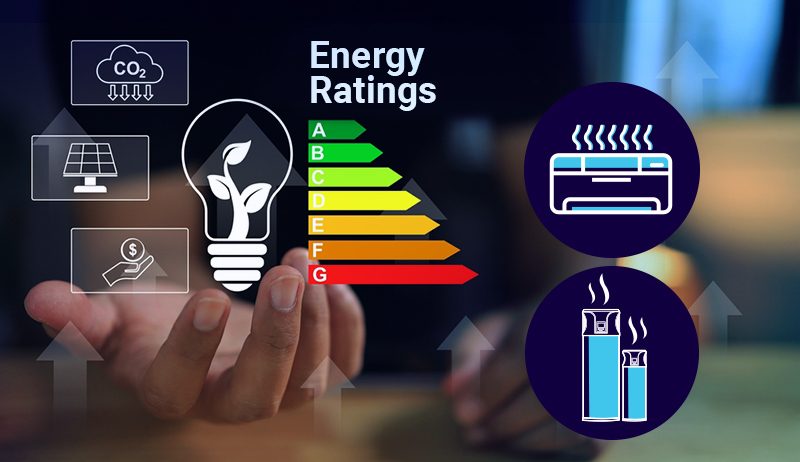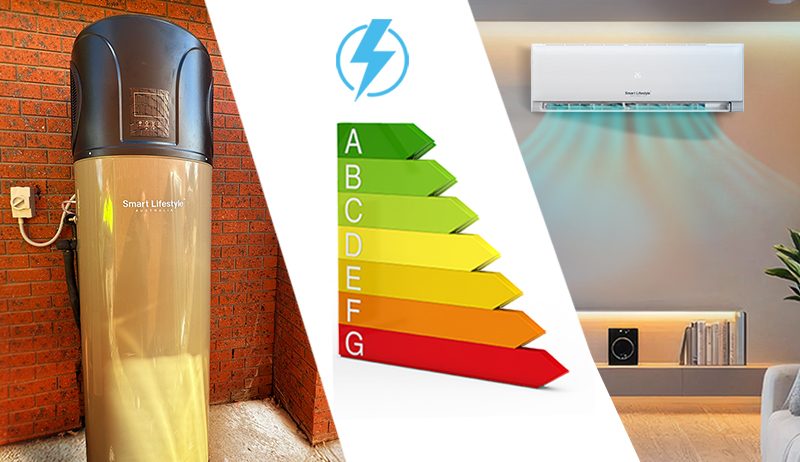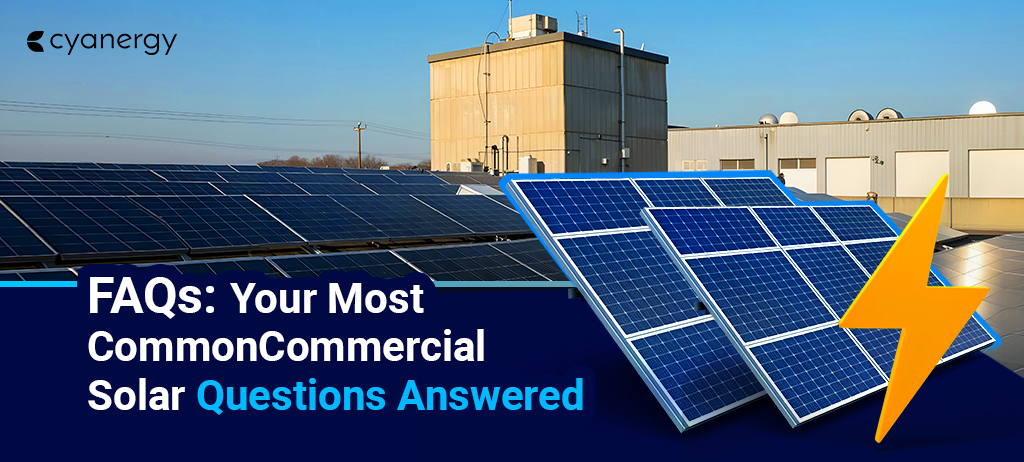Are you considering buying a new household appliance? Here’s a guide to understanding Energy Rating Labels so you can gauge the energy efficiency of various options. So, how do you look for Energy Star ratings on appliances?
Before purchasing, checking the Energy Rating Label can improve energy efficiency and cut energy bills. Typically marked in red, black, and yellow, these labels are found on many household appliances.
Energy Rating Labels inform how efficiently an appliance uses energy and estimate its annual energy consumption, allowing you to compare models easily.
An appliance with more energy guide rating indicates higher energy efficiency, while a lower energy consumption number means it uses less power overall.
The Australian government regulates the Energy Rating Label, which has been used for over 30 years. It allows you to compare various appliances’ energy efficiency and operating costs.
How to read the Energy Rating Label? Understanding Energy Star Ratings on Appliances
The Energy Rating Label helps you make better choices when buying appliances. It gives you two key pieces of information:
- Energy Star Rating
- Energy Consumption
What is the Energy Star Rating?

Energy-star-rated appliances determine how efficient they are with energy—that is, how much energy they use compared to similar products. More stars mean higher efficiency. The more stars an appliance has, the less power it will need, saving you money on your bills.
Most products have between 1 and 7 stars. However, as technology improves, some super-efficient models have a row with stars up to 10.
What does Energy Consumption Mean?
Energy consumption is the yearly electricity a model uses, measured in kilowatt-hours (kWh). This is based on standard tests required by law and follows official Australian Standards.
These tests reflect typical usage, though your actual use may vary. The label also assumes how often the appliance is used, like the number of washes per week for a washing machine or daily hours for a TV.
You can use this energy consumption figure to compare any model, regardless of size or features.
Estimate Your Running Costs
With the energy consumption number, you can estimate how much it will cost to run an appliance each year. Use this formula:
Annual running cost = Total energy consumption (kWh) × Electricity rate (dollars per kWh)
Your electricity rate is listed on your bill. You can also visit the Australian Energy Regulator website to learn more about rates.
Where Can You Find the Energy Rating Label? Which Appliances Have Energy Rating Labels?
In stores, you’ll find the Energy Rating Label on:
- Non-ducted Household Air Conditioners
- Dryers
- Washing Machines
- Computer Monitors
- Dishwashers
- Refrigerators and Freezers
- Pool Pumps
- Televisions
Ask the salesperson if the label isn’t displayed in the store before purchasing. Although the label doesn’t need to be shown for online purchases, most retailers provide this information because customers value it.
If you can’t find the energy efficiency details on a website, you can email or call the retailer to ask.
Upgrading Appliances: Star Rating Guide
When you’re ready to upgrade big appliances, use Energy Star Rating to pick a model that can help lower your energy bills. Here’s an easy guide to using star ratings to your advantage.
If your freezer breaks on a hot day, you might focus on saving your food rather than energy efficiency. But, when getting new appliances, it’s smart to consider greener options.
Many common household appliances have Energy Star Ratings. Manufacturers test their products’ energy efficiency, helping you understand their cost.
Paying attention to this rating is helpful when upgrading. Each extra star can reduce a product’s energy use by 10-30%, depending on the appliance type.
How to Compare Energy Star Ratings on Appliances

Energy ratings must be shown on the product to compare it while shopping. You can also visit the Energy Star website and find energy-efficient models at home.
Most appliances are rated out of six stars, but some super-efficient fridges and air conditioners can go up to 10 stars. More stars mean higher efficiency.
Ratings also consider size. For example, a large dishwasher will use more energy than a small one but will still get a higher rating.
To save the most, choose a model with low yearly energy use, listed in kilowatt-hours (kWh). This amount is based on average usage, but if you use an appliance a lot, you may use more energy than shown.
Use Energy Star Ratings at Home
You can also use star ratings to check the efficiency of your current appliances. Look at the ratings on your appliances. If the stickers are gone, check the Energy Star website.
If you have an energy-hungry air conditioner or dryer, you’ll know which upgrades could help you save more.
You can make the most of efficient appliances with the right energy plan. For further assistance, try the Energy Rating Calculator.
Fundamental Features of Energy-efficient Electrical Appliances
Each appliance type has certain features that make it more energy-efficient:
- Refrigerators: Look for models with proper insulation, power-saving modes, and accurate temperature controls. Avoid side-by-side models, as they usually use more energy.
- Washing Machines: Front-loading models generally use less water and energy. Look for features that adjust water levels to match the load size and high spin speeds to shorten drying time.
- Dishwashers: Soil sensors can adjust the wash cycle based on the dirty dishes, saving water and energy. Eco-wash cycles and air-dry options also help cut down on energy use.
- Heating and Cooling Systems: Choose HVAC systems with high Seasonal Energy Efficiency Ratio (SEER) and Energy Efficiency Ratio (EER) ratings. Programmable thermostats can also help save energy.
Things to Consider Before Getting Energy-efficient Appliances
To make a smart choice, keep these tips in mind:
- Assess Your Needs: Consider which appliance features matter most to you and your daily life.
- Read Reviews: Check customer reviews for performance, reliability, and energy savings insights.
- Compare Models: Use online tools or calculators from energy-saving groups to compare different models’ costs and savings over time.
Cost and Savings Analysis
Buying energy-efficient appliances often costs more upfront, but they save money in the long run:
- Long-term Savings: Although they may cost more initially, the lower utility bills can balance this cost. For instance, an Energy Star fridge can save about $300 in energy costs over its lifetime compared to older models.
- Payback Periods: The time it takes for savings to cover the cost difference (the payback period) depends on the appliance and your usage. Generally, energy-efficient appliances pay for themselves within a few years.
Environmental Impact
Choosing energy-efficient appliances helps reduce your home’s carbon footprint:
- Reduced Energy Use: These appliances use less power, reducing demand from power plants that rely on fossil fuels.
- Lower Greenhouse Gas Emissions: Less energy use means fewer carbon emissions, lessening your home’s environmental impact.
Technology for Better Energy Management
Technology can help you manage your home’s energy more effectively:
- Smart Thermostats: These devices learn your routines and adjust heating and cooling to avoid unnecessary energy use.
- Energy Management Systems: Systems that monitor and control all your appliances help you see where you use the most energy and suggest ways to cut costs.
- Remote Control Apps: Many smart appliances have apps that let you control them remotely. This allows them to run only when needed, saving energy.
Regular Maintenance for Optimal Performance

Keeping energy-efficient appliances in good shape is essential to ensure they work their best:
- Scheduled Cleaning: Regularly clean appliances to remove dust and debris that can make them work harder. For example, cleaning the refrigerator’s condenser coils helps it use less energy.
- Timely Repairs: Fix issues as soon as they arise. Even efficient appliances, like a dishwasher with a broken heating element, use more energy if they’re not working properly.
- Seal and Gasket Checks: Check seals and gaskets, like those on fridge and oven doors, and replace them if worn to prevent air leaks and wasted energy.
The Importance of Energy Audits
An energy audit can help improve your home’s energy efficiency. Here’s how:
- Identifying Inefficiencies: A professional energy auditor can find areas where your home loses energy and suggest fixes, like switching to more efficient appliances.
- Customised Energy-saving Strategies: You can create a specific plan to lower your home’s energy use based on audit results.
- Monitoring Improvements: After an audit, track your energy use over time to see the effect of changes and fine-tune your energy-saving approach.
Cyanergy can assist customers by providing energy-efficient products that reduce energy usage and lower utility bills.
We offer expert guidance that best suits each customer’s needs. Our focus is on products with high Energy Star Ratings for maximum savings. Talk to an expert.
Cyanergy’s solutions empower customers to make informed decisions that positively impact their energy costs and reduce their carbon footprint. Get a free quote to get the best energy-efficient products.







